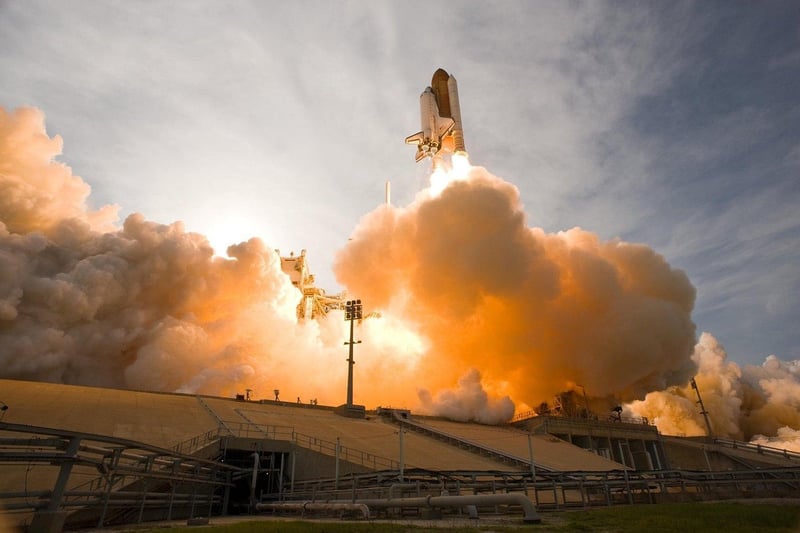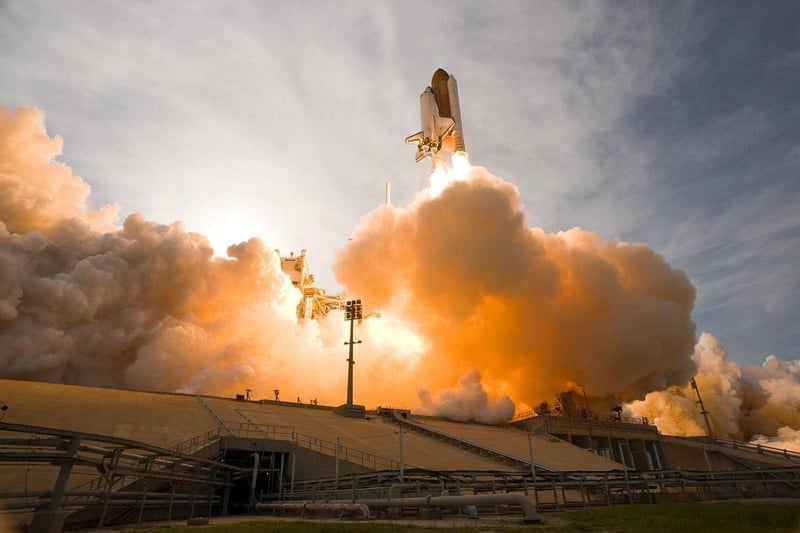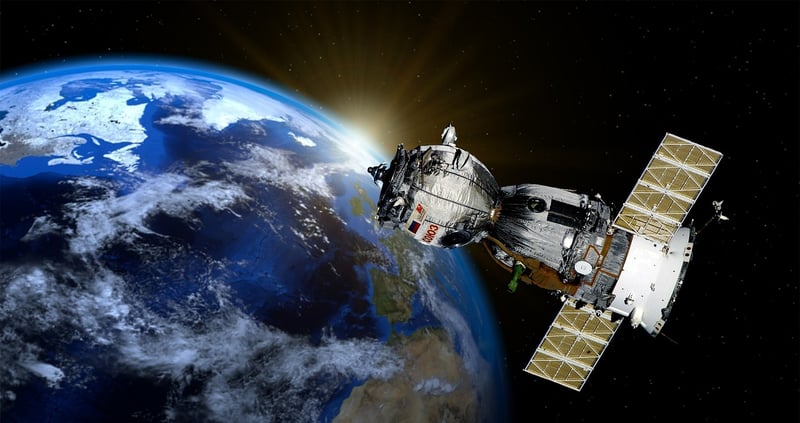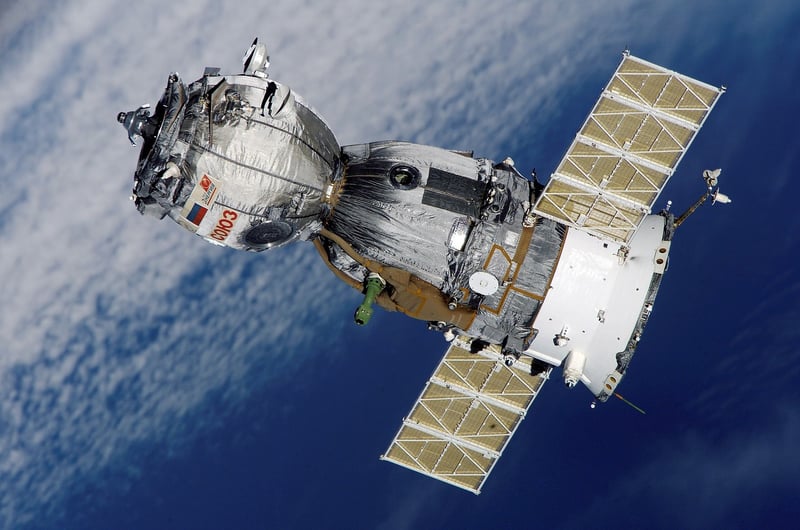Space Habitats
The Future of Space Exploration: Cutting-Edge Technology and Space Habitats

Introduction
Space exploration has always been a fascinating subject, captivating the minds of scientists, engineers, and dreamers alike. With advancements in technology, the future of space exploration looks promising, with cutting-edge innovations leading the way.
Cutting-Edge Technology
One of the critical aspects of space exploration is the development of advanced technology. From propulsion systems to robotics, here are some cutting-edge technologies shaping the future of space exploration:
- Ion Propulsion: Ion thrusters provide efficient and long-lasting propulsion for spacecraft, enabling them to travel vast distances with minimal fuel consumption.
- 3D Printing: In space, 3D printing technology allows astronauts to manufacture tools, spare parts, and even habitats using local resources, reducing the need for resupply missions.
- Artificial Intelligence: AI systems onboard spacecraft can assist in autonomous navigation, decision-making, and data analysis, enhancing mission efficiency and safety.
- Virtual Reality: VR technology is used for training astronauts, simulating space environments, and conducting remote repairs on spacecraft.

Space Habitats
As humans venture further into space, the need for sustainable living environments becomes crucial. Space habitats are designed to provide astronauts with shelter, life support, and comfort during extended missions. Here are some innovative space habitat concepts:
- Orbital Habitats: These habitats orbit Earth or other celestial bodies, providing a base for scientific research, manufacturing, and habitation.
- Moon Bases: Establishing permanent habitats on the Moon can serve as a stepping stone for deeper space exploration missions, with plans for lunar colonies already in development.
- Mars Colonies: Ambitious plans to colonize Mars involve constructing self-sustaining habitats that can support human life in the harsh Martian environment.

Conclusion
The combination of cutting-edge technology and innovative space habitats opens up endless possibilities for the future of space exploration. With ongoing research and development, humanity is on the brink of venturing further into the cosmos than ever before.
Exciting times lie ahead as we harness the power of technology to explore the final frontier and pave the way for human habitation beyond Earth.
Are you ready to join the journey into space?
